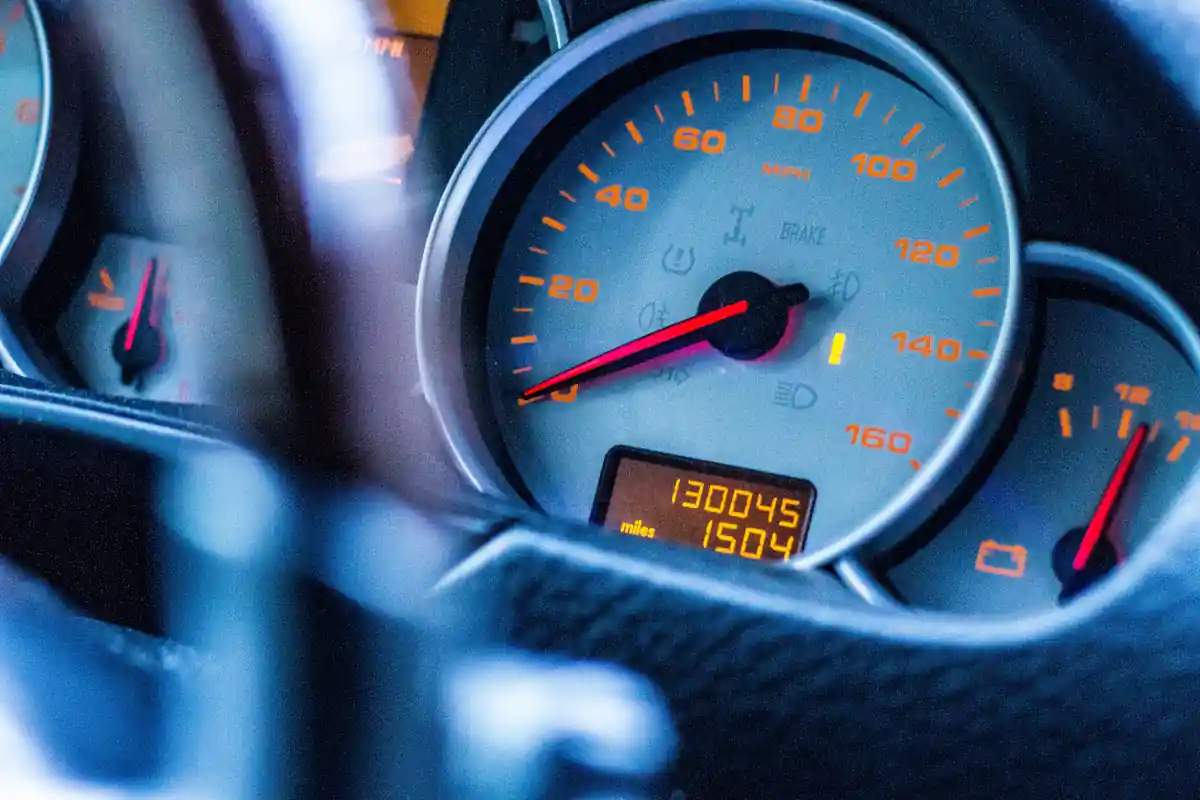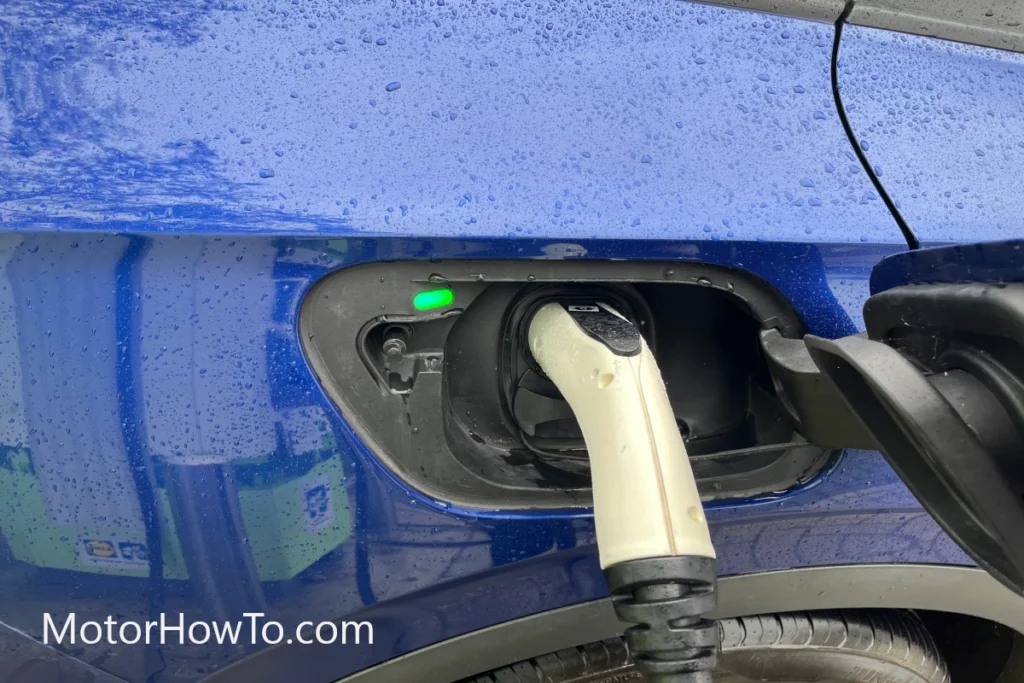It is very important for your odometer to shows an accurate reading because of the very fact that you may run into some trouble when you finally decide to sell your car later on.
After all, there are laws against odometer fraud due to the very fact that the odometer and your car’s mileage are very important when it comes to ascertaining the vehicle’s value.
What happens if your odometer was not accurate and how to fix?
An odometer that is not accurate will most likely still function normally but it won’t be accurate in the sense that the mileage will not reflect the car’s true mileage. This can be due to how you used the wrong tire size or due to how the odometer was not calibrated properly.

If you must know, the odometer’s calibration is based entirely on the size of the tires your car is using as that is how it will determine the right equation to use when calculating the total distance traveled by the vehicle.
As such, it is important to make sure that your odometer is actually accurate to make sure that it is recording the proper mileage.
That way, you can escape legal troubles later when you finally decide to sell your car.
How to tell if your odometer is accurate?
It cannot be overstated how important the odometer is to a vehicle.
While this isn’t an instrument that you regularly look at or use when you are using your vehicle on a regular basis, the fact is that it becomes very important when you are about to sell the car.
That’s because the odometer is one of the things that determine the value of a used car due to how it is responsible for keeping track of the mileage.
As such, one of the things that you need to make sure of is that your odometer is actually accurate.
That means that it should be showing the accurate value of your car’s mileage and that it isn’t showing a higher or lower reading. But how in the world would you even know that your odometer is accurate?
In most cases, it can be difficult to truly tell how accurate your odometer is because the odometer is the only instrument that tells your car’s mileage. You can use a GPS odometer to try to see if the discrepancies between it and your odometer are not too wide.
More on odometer data can be found here.
If the discrepancy is too wide, then that means that your vehicle’s odometer might not be accurate.
Meanwhile, another way you can tell if the odometer is accurate is to drive. Find a road that isn’t too busy and has road markers. Drive from one marker to another depending on how far the distance between the two markers is. Let’s say the distance is one mile.
So, if your odometer increases by a mile, then that means that your odometer is accurate.
However, if the increase is lower or more than a mile, then there is a reason for you to believe that it isn’t accurate.
Why isn’t my odometer accurate?
When you do discover that your odometer is not accurate, the only culprit for that is due to how it isn’t calibrated according to the size of your tires.
It could be due to how you replaced the odometer and it wasn’t calibrated to the size of your tires. Or it could be due to how you changed tire sizes without recalibrating the odometer to the new tires.
Either way, the fact of the matter is that the odometer is not accurate due to how it is wrongly calibrated.
However, in most cases, a wrongly calibrated odometer is due to how the owner of the car changed car tire sizes without even recalibrating the odometer.
Regardless of whether the tires are larger or smaller, there should be a marginal difference in how your car is keeping track of your mileage as against the actual miles traveled by the car.
Naturally, larger tires will lead to greater distances traveled while smaller tires do the opposite.
So, if you changed to a larger tire without recalibrating your odometer, then the odometer will show a reading that is lower than the actual mileage of the vehicle. The opposite happens if you switched to smaller tires.
How to fix an odometer that is inaccurate?
So, if your odometer is inaccurate but is actually working normally, then the only way for you to fix the odometer is to recalibrate it.
Recalibrating a mechanical odometer should be something that you can do on your own but the same cannot be said when it comes to a digital or electronic odometer.
For those who want to recalibrate a mechanical odometer, do the following steps:
- Calculate the odometer’s ratio. Most of the time, American cars are calibrated to a 1,000 to 1 ratio so that the odometer dial moves every one-tenth of a mile.
- Disassemble the odometer. This should be done by removing the dashboard and then removing the odometer from the entire instrument cluster. Use screwdrivers to do this.
- Adjust the odometer’s gear ratio depending on the size of your tires. You can do this by interrupting the spinning of the output shaft that connects the odometer to your transmission. This can be done using nose pliers that can crimp the output shaft while it enters the odometer. Doing so will interrupt the shaft.
On the other hand, if you are using an electronic odometer that uses the computer on the engine control unit or electronic control unit, then you would have to use a special tool to actually recalibrate the odometer.
This can be expensive and can end up being a bad investment on your part because of how you won’t always be using that tool.
As such, when you want to recalibrate a digital odometer, it is best to take it to a repair shop that has a tool that can recalibrate the odometer.
You might have to spend a good amount of money but it still is better than to buy an expensive tool that you probably will only ever use once or twice in your lifetime.



